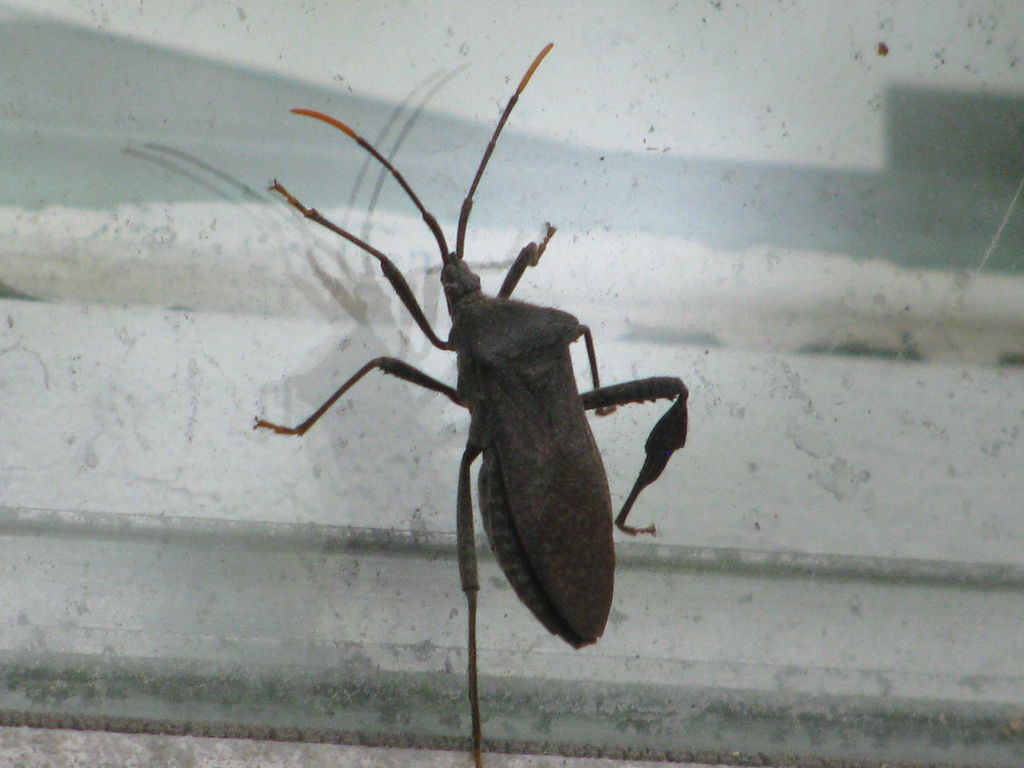
Stinkbugs have an uncanny ability to adapt to their surroundings and reproduce in staggering numbers. While they are mainly viewed as nuisance pests that can infest homes by the tens of thousands for brief periods of time, they also represent a growing and serious risk to our crops and food security. Here are a few reasons why we may be on the verge of a famine as the country becomes overrun by stinkbugs.
They’re Invasive
Stinkbugs were introduced in America a couple of generations ago, most-likely by hitchiking on crates of imported crops from Asia. In fact, it took researchers a while to identify the bugs once they started showing up in the Northeast because nobody has seen them before. Now, stinkbugs are present in almost every state and province in the continental US and Canada, and populations are growing at an alarming rate.
They’re also a very-hearty species that don’t have a lot of natural predators. They are also predatory and can easily overrun established populations of insects that are beneficial to our ecosystem. Much like the Asian Carp is decimating fish stocks, stinkbugs can have the same impact on the insect world, and has agricultural experts nervous.
They’re Generalists
Plants come with a wide-range of defense mechanisms that make them difficult to eat. This is why only a small number of predators pose a problem for specific crops. For example, some insects are able to chew through thick bark or woody stalks in order to get to the nutrients inside whereas others can easily get their nutrition from eating blades of grass or flowers.
Stinkbugs, on the other hand, have the uncanny ability to eat a wide-range of different plants, and this makes many traditional pest control methods obsolete. The damage caused to plants can also make them vulnerable to infestations by other insects as well. To make matters worse, stinkbugs contribute to plant-borne diseases due to the damage they cause and the ability for other insects to transmit pathogens from one crop to another.
While locusts tend to get the most attention when we think of crop-destroying, famine-inducing insects, stinkbugs represent an even greater threat. Locusts tend to come and go in brief but devastating waves. However, stinkbugs can make their presence known for years before migrating elsewhere. In fact, stinkbugs tend to hunker down indoors as temperatures fall before moving back outside during the summer.
Uncertain Future
While most targets of stinkbugs have been residential gardens due to their proximity to homes that provide warmth and shelter, there are indications that the bugs are adapting. The fear is that once stinkbugs have the ability to burrow and nest in material around dormant farms, they will emerge and consume crops once they start to grow.
Whether or not stinkbugs will turn into a threat that puts our food security at risk has yet to be determined. However, such a scenario would probably happen quickly and without a lot of warning. The question is whether or not we are in a position to control mass-infestations if they were to occur.
One thing is for certain, there’s a lot at stake as we wait and see what happens, and if the SHTF ever happened, we would be facing an unprecedented food crisis.
Considering that we have very few crop reserves to begin with, one year of devastation could create years of shortages. Remember that stinkbugs are just one of many threats to our food security, and any one of them can crop up without a lot of warning. This is just one more reason to consider adding some staple commodities to your long-term stockpile, and preparing for this possibility now can reduce the chances of starving later.